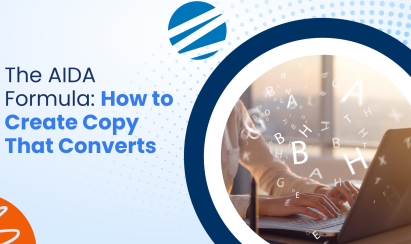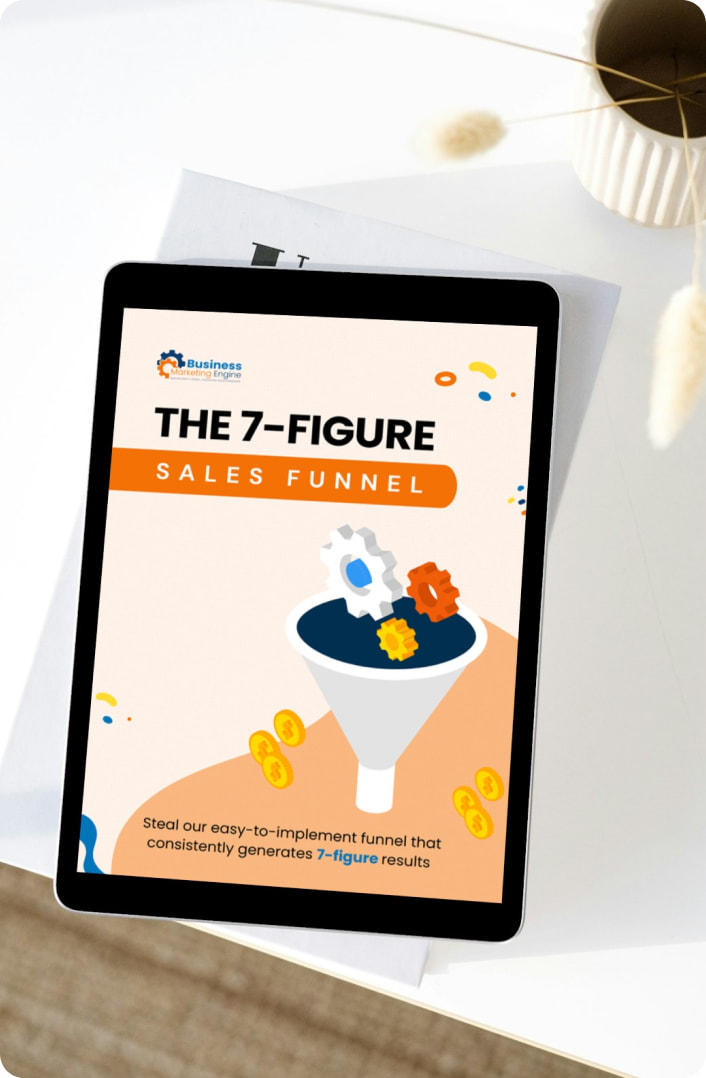Digital marketing campaigns are an integral part of your business operations. One aspect of this type of marketing campaign is pay-per-click (PPC) advertising. It provides you with an excellent opportunity to increase your reach within a target market segment. As a new target audience gains exposure to your promotional message, your brand awareness also increases. Although pay-per-click advertising is beneficial, many wonder what the big deal is about this marketing tool.
What is PPC Advertising
Pay-per-click advertising is a digital marketing practice that places your advertisement on search engine results pages. When a consumer conducts an online search using a particular keyword or set of keywords, your advertisement will appear in the paid promotion section of the results page when it contains the same keywords.
Each time a consumer clicks on your advertisement, you pay for that click as it delivers the consumer to a landing page that you select when setting up a pay-per-click advertising account. The pay-per-click price that you pay depends on the popularity of each keyword that is in your ad campaign. When a keyword is popular within your industry, the demand to use it in an advertisement is high, which drives up the price you pay.
How to Maximize a PPC Investment
A PPC marketing campaign can generate a significant number of leads for your business. For it to be a success, you need to receive a substantial return on your investment. One way to accomplish this is to keep your cost-per-click of each keyword you use lower than the cost you pay to act on a keyword lead generation. Engaging in keyword research works to keep your cost-per-click expense down, while seeing a higher return on your investment.
Using Long Tail Keywords
One of the biggest mistakes you can make in a pay-per-click advertising campaign is overpaying for popular industry relevant keywords. Avoid the assumption that these keywords will generate more leads or give you a return on your investment as a result of being in high demand. You could run the risk of draining your advertising budget before the campaign has a chance to start.
You can optimize the keyword search potential by using long tail keywords. These industry relevant keywords contain longer phrases that consumers use in online searches. Long tail keywords also work to provide you with the opportunity to target particular market segments with more specific wording. For example, you can target more customers by focusing on a long tail keyword phrase of ‘Whirlpool quiet spin dishwasher’ than you would be able to with a shorter keyword phrase such as ‘quiet spin dishwasher’.
Organizing Your PPC Account
Once you pinpoint a list of long tail keywords that you want to use, start grouping the keywords together according to similarities. Having your keywords together in specific groups makes it easier to create ad content that focuses on various target market segments. You can create several advertisements at once without losing focus on the relevant keywords for that particular audience segment.
Organizing your keyword lists also works to accomplish the following tasks.
- Enhance the relevance to each niche market you create
- Lower keyword advertisement prices
- Improve keyword quality scores
- Maximize search engine results
By grouping keywords together, you increase the opportunity to see higher pay-per-click results. While this will increase the overall amount you spend on an advertisement campaign, you will see a higher return on your investment and lead generations as well.
Optimal PPC Practices to Follow
When you are in the planning stages of your PPC campaign, focus on how the campaign will end. Pinpoint the goal you want the campaign to accomplish and then create the rest of the campaign around making that happen. Set key performance indicators along the way that will serve as checkpoints to determine whether or not your campaign is moving towards achieving that end goal. If that is not happening, make changes as necessary to reset the direction of the campaign.
Make sure the promotional message your campaign highlights work to start optimizing the lead generation process the moment a potential customer clicks on your search engine results page advertisement. Design your campaign to create one continual flow that seamlessly takes a potential customer from the point of clicking on your advertisement to your website landing page where the customer takes further action with your company. Your sales department can use that engagement action to nurture a new relationship with that customer.
As you make adjustments to each campaign you run, keep the focus on maximizing the cost per conversion rates as opposed to the cost per click expenses. By spending more on keywords that produce higher conversion rates, you increase the lead generation potential and attract the attention of your target market audience by creating campaigns focusing on keywords they already have in mind. You become the only viable option to solve the problem they are currently facing. Contact us today and see how we can work with you to grow your conversion rates.




